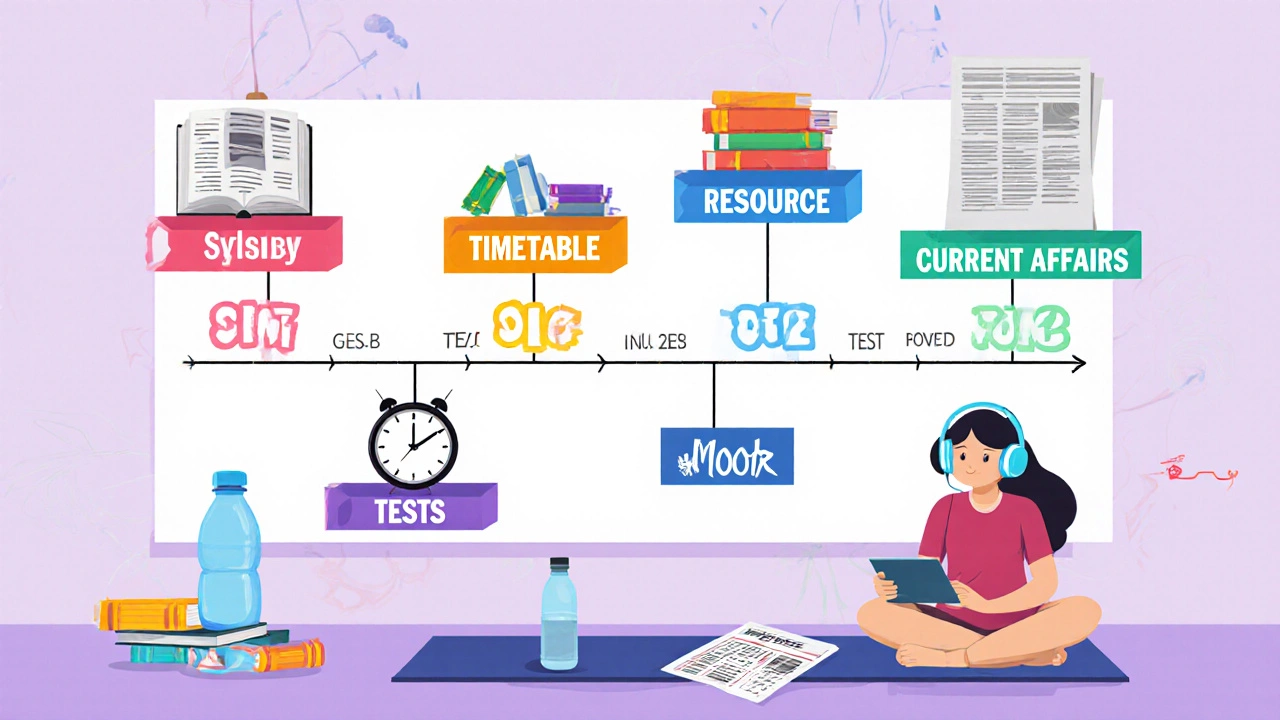Government Job Salary Calculator
Calculate Your Total Compensation
Results
Select a job type and location to see your estimated compensation.
Ever wondered which government job puts the biggest numbers in your bank account? You’re not alone - the promise of stability, respect, and a hefty paycheck draws millions to civil‑service exams each year. This guide breaks down the roles that truly top the pay charts, explains why the numbers look the way they do, and gives you a realistic roadmap to land one of those coveted seats.
Understanding Government Pay Structures
Unlike private‑sector salaries, most public‑service earnings follow a prescribed pay‑scale, often called a "grade" or "level". The base pay is fixed, while allowances (housing, transport, medical, etc.) can boost the take‑home dramatically. For instance, India’s Indian Administrative Service (IAS) officers receive a basic pay of ₹56,100 per month (as of 2024), but with house rent allowance (HRA), dearness allowance (DA), and other perks, the total compensation crosses ₹2.5 lakhs monthly.
Top Paying Government Jobs in India
India’s civil‑service ladder is famously competitive, but the reward at the top is huge. Here are the five roles that consistently out‑earn their peers:
- Indian Administrative Service (IAS): Base pay ₹56,100, total compensation ≈ ₹2.5 lakhs/month after allowances.
- Indian Police Service (IPS): Similar base to IAS, but adds danger‑allowance and uniform allowance, pushing monthly earnings to around ₹2.3 lakhs.
- Indian Foreign Service (IFS): Base pay aligns with IAS, but overseas postings bring foreign‑allowance and housing subsidies that can exceed ₹3 lakhs monthly.
- Indian Revenue Service (IRS) (Income Tax): Base pay same as IAS, but with city‑specific HRA and pension‑linked bonuses, total ≈ ₹2.2 lakhs/month.
- Chief Election Commissioner (CEC): Though a posting rather than a service, the CEC’s salary package tops ₹2.8 lakhs/month when all allowances are factored in.
High‑Earning Federal Jobs in the United States
The U.S. government also offers roles where the salary package rivals top private‑sector positions. A few stand‑outs:
- Federal Judge: Base salary ranges from $150,000 to $270,000 annually, plus health and retirement benefits.
- NASA Astronaut: Starting salary around $100,000, but with flight‑pay, hazard‑allowance, and pension, total compensation can climb beyond $150,000.
- Senior Executive Service (SES) Director: Annual pay $160,000‑$200,000, plus performance bonuses.
Quick Comparison of the World’s Highest‑Paying Government Jobs
| Job | Country | Base Salary (Annual) | Total Compensation (Annual) | Key Allowances |
|---|---|---|---|---|
| IAS Officer | India | ₹7.0 lakhs | ≈ ₹30 lakhs | Housing, DA, Medical, Transport |
| Federal Judge | USA | $180,000 | $210,000‑$250,000 | Health, Pension, Court‑room allowance |
| NASA Astronaut | USA | $100,000 | $150,000‑$180,000 | Flight pay, Hazard allowance |
| IPS Officer | India | ₹7.0 lakhs | ≈ ₹28 lakhs | Danger allowance, HRA |
| IFS Officer | India | ₹7.0 lakhs | ≈ ₹33 lakhs | Foreign allowance, Housing |
What Drives These Salaries?
Three main factors push the numbers up:
- Responsibility Level - Senior administrators make policy decisions that affect millions, justifying higher pay.
- Skill & Risk - Roles like IPS or astronaut involve physical risk or specialised expertise, so danger‑ and hazard‑allowances are added.
- Location & Cost of Living - Posts in metros (Delhi, New York, London) come with larger housing allowances to offset living costs.
How to Prepare for the Exams that Lead to These Jobs
Landing a seat in any of these services isn’t magic; it’s disciplined prep. Here’s a practical roadmap:
- Know the Syllabus Inside Out: UPSC (India) releases a detailed syllabus for IAS, IPS, IFS, and IRS. Download the PDF and bookmark each topic.
- Build a Timetable: Allocate 3‑4 hours daily for core subjects (History, Polity, Economics) and 1‑2 hours for optional papers.
- Use Trusted Resources: NCERT books for basics, followed by standard reference works like Laxmikanth for Polity and Spectrum for Modern History.
- Practice Previous Years’ Papers: Solve at least 5‑6 full‑length mock tests per month. Analyze time‑management and answer‑writing style.
- Stay Updated: Government jobs rely heavily on current affairs. Read one national newspaper daily and follow a reputable weekly current‑affairs compilation.
- Take Care of Your Health: Long prep cycles demand sleep, exercise, and a balanced diet. Burnout kills more aspirants than tough questions.

Common Myths About High‑Paying Government Jobs
Myth #1 - "You’ll get a 9‑to‑5 job with no stress."
Reality: Senior officers handle crisis management, policy implementation, and political pressure daily.
Myth #2 - "All the money comes from the base salary."
Reality: Allowances often constitute 50‑70 % of the total package.
Myth #3 - "Once you clear the exam, the job is guaranteed for life."
Reality: Probation periods, performance reviews, and mandatory trainings are part of the journey.
Key Takeaways
- The highest paying government job varies by country, but India’s IAS and the U.S. Federal Judge are top earners.
- Base salary is only a fraction; allowances can double or triple the take‑home.
- Preparation demands a clear syllabus, disciplined timetable, and regular mock tests.
- Understanding the allowance structure helps you compare offers accurately.
- Stay realistic about workload and responsibilities - high pay comes with high accountability.
Frequently Asked Questions
Which Indian government job offers the highest total compensation?
The Indian Administrative Service (IAS) tops the list, with a base pay around ₹56,100 per month and total annual compensation exceeding ₹30 lakhs after housing, dearness, and other allowances.
How does a U.S. Federal Judge’s salary compare to Indian civil services?
A Federal Judge earns $180,000‑$270,000 annually, which translates to roughly ₹1.5‑₹2.3 crore at current exchange rates, making it higher in pure dollar terms but comparable when adjusted for cost‑of‑living differences.
Do allowances count as taxable income?
In India, most allowances like HRA and dearness allowance are partially exempt, but a portion is taxable. In the U.S., federal salaries are fully taxable, though some location‑based allowances may be non‑taxable.
What is the typical age range for clearing IAS or UPSC exams?
Most successful candidates fall between 24 and 30 years old, though there are many examples of clears in their late 30s.
Can a private‑sector employee switch to a high‑paying government job later in their career?
Yes, many professionals re‑appear for government exams after gaining work experience. Their prior experience can be an asset during interviews and in applied positions.







0 Comments